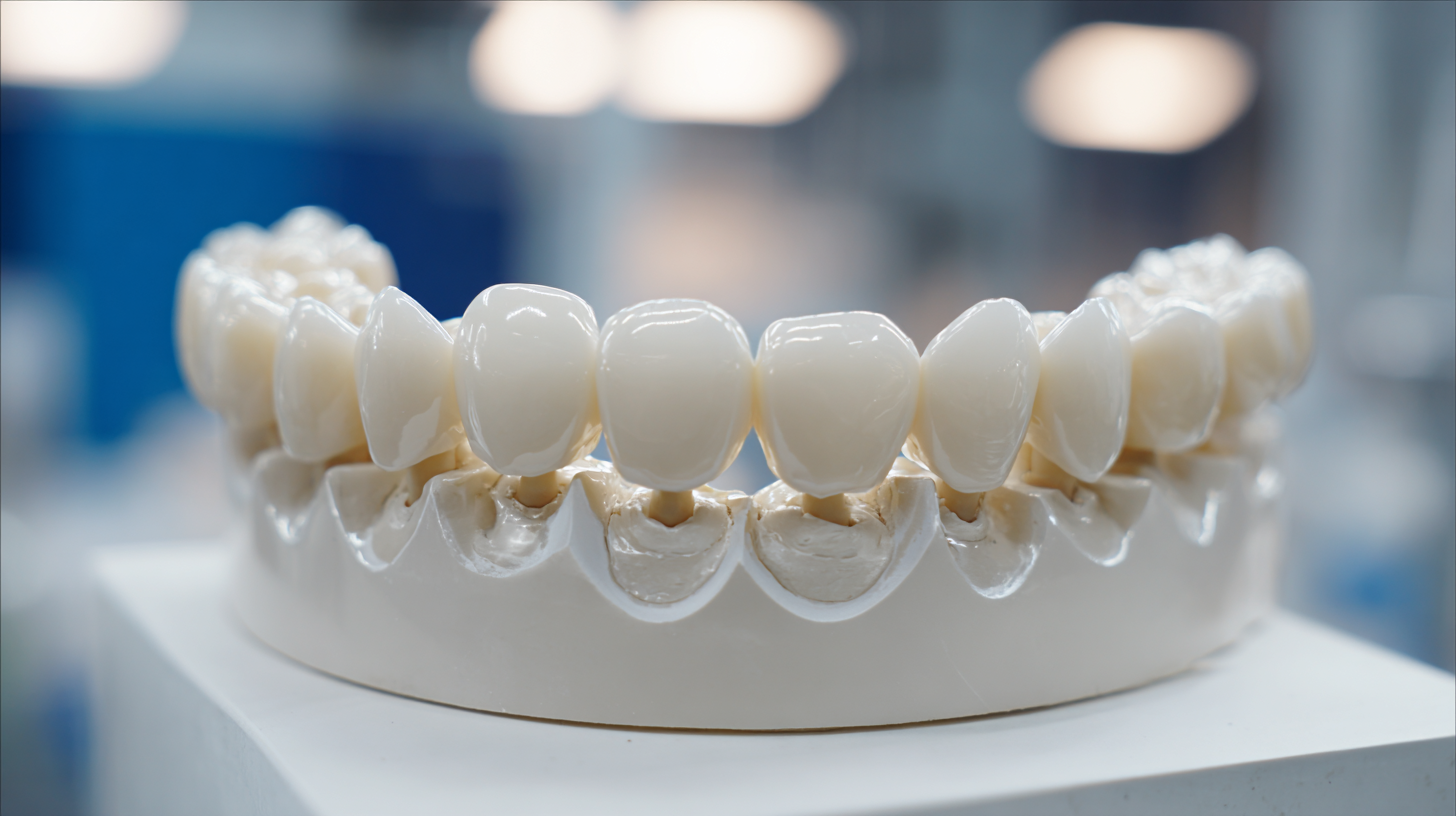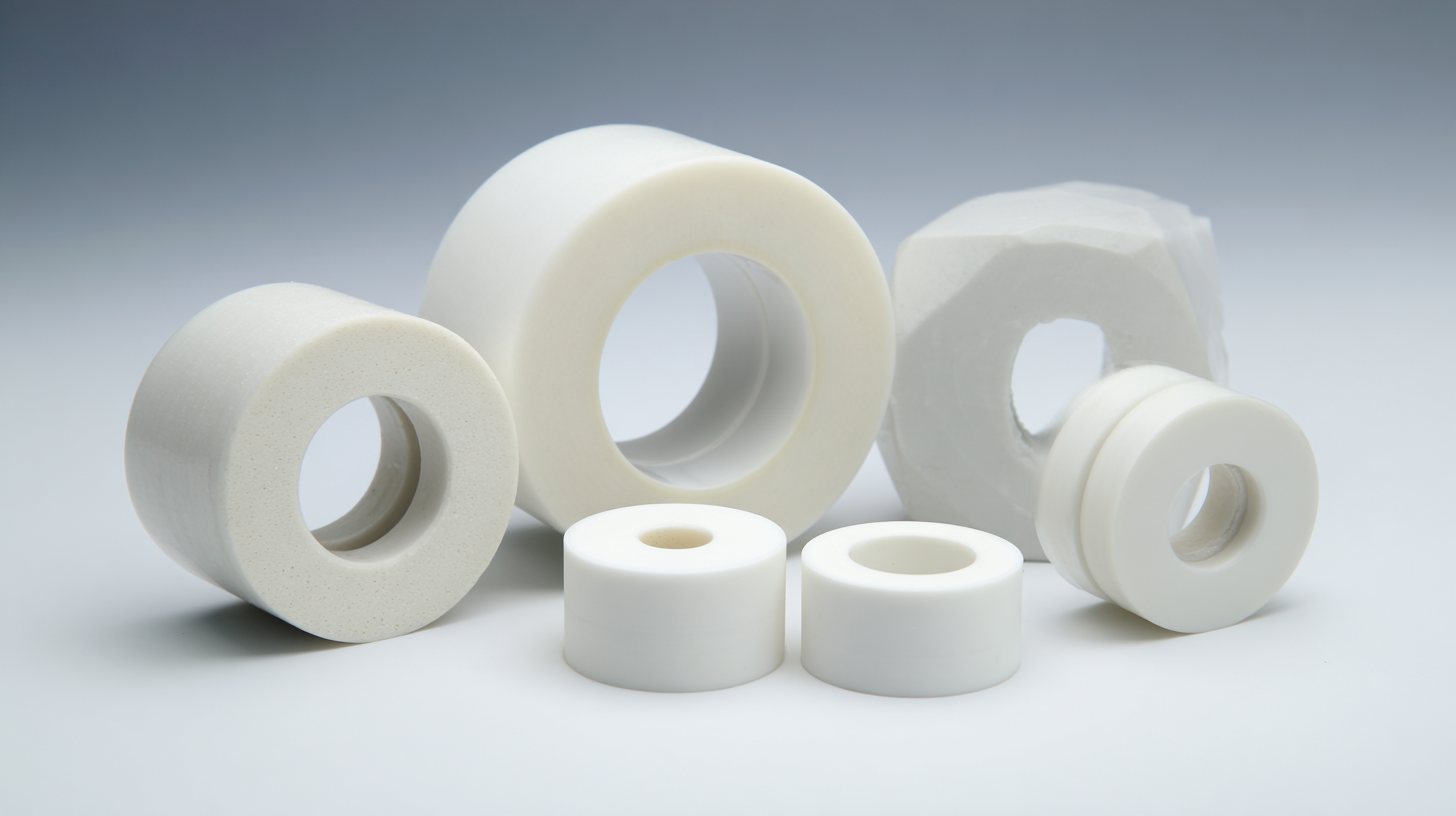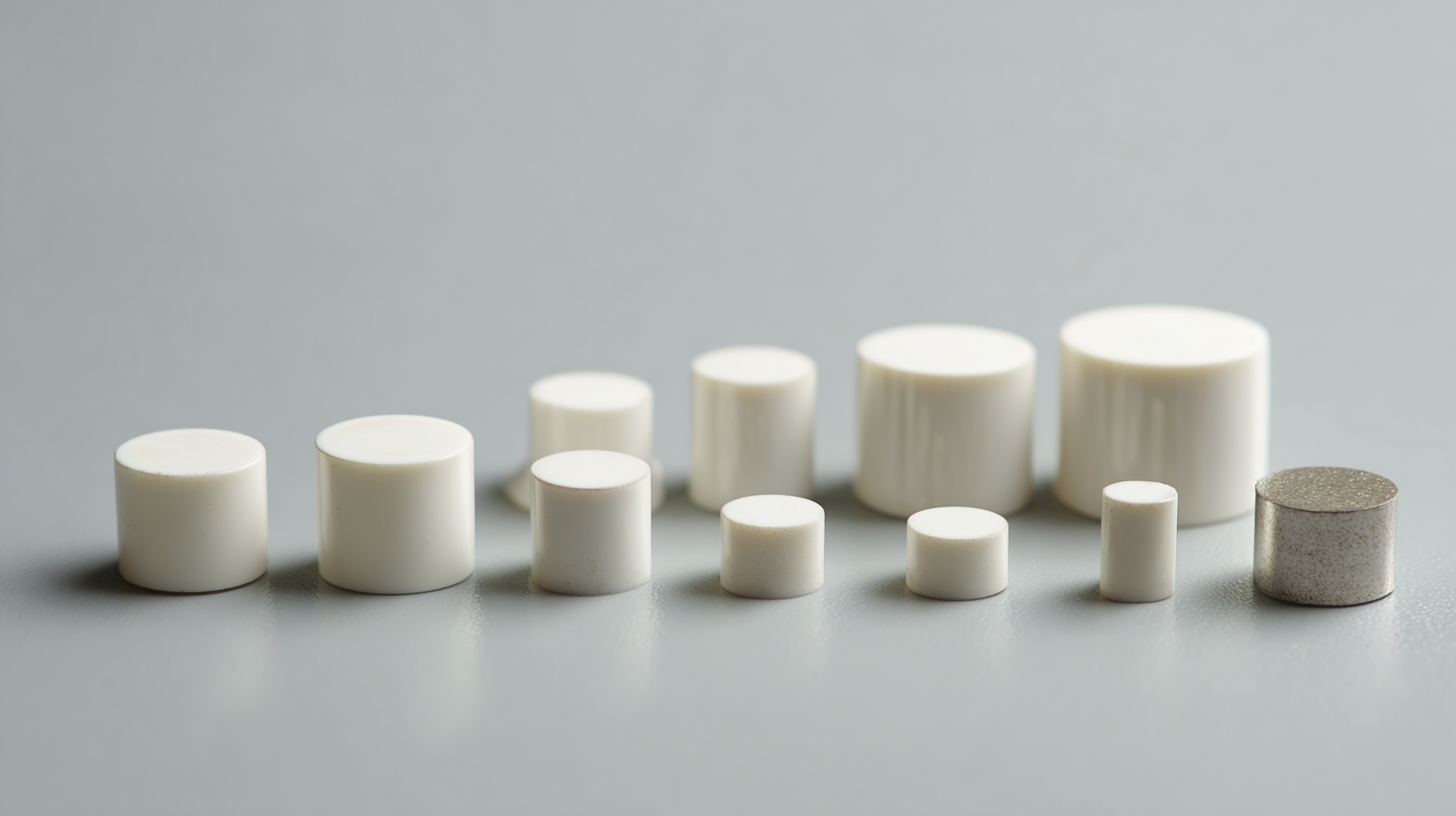Leave Your Message
In today's industrial landscape, the selection of materials plays a pivotal role in determining productivity and efficiency. Zirconia Ceramic has emerged as a frontrunner in advanced material applications due to its exceptional mechanical properties and thermal stability. According to a report by Market Research Future, the global zirconia ceramic market is projected to reach USD 3 billion by 2025, fueled by its widespread use in sectors such as aerospace, automotive, and biomedical engineering. This material's unique characteristics—ranging from high fracture toughness to excellent wear resistance—make it suitable for various applications, from cutting tools to dental implants. As industries continue to evolve, understanding the different types of zirconia ceramics and their specific applications is crucial for optimizing performance and ensuring long-term reliability in your operations.

 When selecting zirconia ceramics for industrial applications, several key properties must be carefully considered to ensure optimal performance. Firstly, mechanical strength is paramount. Zirconia ceramics are renowned for their high fracture toughness, making them suitable for demanding environments. It's essential to assess the specific load conditions and impact stresses that the material will encounter during its service life. A higher toughness rating will typically translate to improved durability, reducing the likelihood of mechanical failure.
When selecting zirconia ceramics for industrial applications, several key properties must be carefully considered to ensure optimal performance. Firstly, mechanical strength is paramount. Zirconia ceramics are renowned for their high fracture toughness, making them suitable for demanding environments. It's essential to assess the specific load conditions and impact stresses that the material will encounter during its service life. A higher toughness rating will typically translate to improved durability, reducing the likelihood of mechanical failure.
Another critical property is thermal stability. Zirconia can withstand high temperatures, which makes it an excellent choice for applications involving thermal shock or extreme heat. It is important to evaluate the thermal expansion coefficient of the zirconia option being considered, as differential expansion can lead to cracking or stress if not properly matched with the operational environment. Additionally, it is beneficial to investigate the material's resistance to corrosion and wear, especially in chemical processing or abrasive settings. By focusing on these properties—mechanical strength, thermal stability, and wear resistance—industries can make informed decisions that enhance productivity and longevity in their operations.
When selecting zirconia ceramics for industrial applications, it's essential to understand the different types and their respective benefits. Zirconia ceramics are known for their exceptional toughness and wear resistance, making them suitable for applications in the automotive, aerospace, and medical industries. According to a report by Grand View Research, the global market for zirconia ceramics is expected to reach $3.1 billion by 2025, driven by their increasing use in dental implants and surgical tools.
There are primarily three types of zirconia ceramics: tetragonal, cubic, and monolithic. Tetragonal zirconia is widely used in applications requiring high strength and thermal stability, such as cutting tools and wear-resistant components. Cubic zirconia, known for its aesthetic qualities, is commonly utilized in dental crowns and jewelry. Monolithic zirconia, with its superior toughness, is favored in manufacturing high-performance parts that are subjected to extreme conditions.
**Tip:** When choosing zirconia ceramics, consider the specific operational environment and stress factors. If you require components that resist fracture and high temperatures, tetragonal zirconia may be the best option. Conversely, for aesthetic applications, cubic zirconia offers the right balance of beauty and functionality.
| Type of Zirconia Ceramic | Properties | Common Applications | Advantages |
|---|---|---|---|
| Monoclinic Zirconia | High strength, low toughness | Cutting tools, wear-resistant applications | Cost-effective, stable at low temperatures |
| Tetragonal Zirconia | Moderate strength, excellent toughness | High-performance ceramics, dental restorations | Good fatigue resistance, transformations toughening |
| Cubic Zirconia | Low density, high hardness | Jewelry, decorative applications | Brilliant appearance, affordable alternative to diamonds |
| Zirconia Toughened Alumina (ZTA) | High strength and wear resistance | Biomedical implants, electrical insulators | Combines the properties of both materials for superior performance |
Zirconia ceramics have gained significant attention in industrial applications due to their exceptional mechanical properties, particularly in harsh environments. These materials exhibit high fracture toughness and resistance to wear and corrosion, making them ideal for demanding applications such as cutting tools, aerospace components, and medical implants. According to a 2021 report by Market Research Future, the demand for advanced ceramics, including zirconia, is projected to grow at a CAGR of 6.5% from 2021 to 2028, driven largely by their performance in extreme conditions.
When choosing the right zirconia ceramic for your needs, consider testing its thermal stability and chemical resistance. For example, stabilizing agents such as yttria can enhance the toughness of zirconia, making it more resilient to thermal shock and aggressive chemicals. Furthermore, industrial applications often require custom formulations tailored for specific environmental challenges, so it's essential to conduct thorough evaluations ahead of time.
**Tip:** Always consult with a materials engineer to determine the best zirconia formulation based on the specific environmental stresses your application will encounter. Moreover, conducting thorough laboratory tests can reveal insights into the long-term performance of the materials under expected operational conditions, ensuring reliability and durability in the field.
When it comes to selecting zirconia ceramic for industrial applications, the balance between cost and quality is paramount. Choosing the right zirconia involves understanding the specific requirements of your project and the performance characteristics of different zirconia formulations. High-quality zirconia can often come at a premium price, but the benefits it offers, such as superior strength and resistance to wear, can lead to significant long-term savings. Investing in a higher grade of zirconia may initially strain budgets, but the cost-effectiveness in terms of durability and reliability can markedly outweigh initial expenses.

Moreover, evaluating suppliers is crucial in making a cost-effective choice. Many manufacturers offer a range of zirconia products with varying grades and associated costs. It’s important to compare not only prices but also the properties of the materials being offered. Look for suppliers that provide detailed information about their zirconia’s mechanical properties and application outcomes. Engaging in conversations about bulk pricing and warranty options can also lead to better deals.
Ultimately, a careful assessment of both cost and quality will ensure that your selected zirconia ceramic meets your industrial needs without compromising on performance.
When selecting a manufacturer for zirconia ceramics, supplier reliability is paramount. A dependable supplier ensures consistent quality, timely delivery, and excellent customer service. Begin by conducting thorough research into potential manufacturers. Look for those with a strong track record in the industry, positive reviews from clients, and a comprehensive portfolio of products. This allows you to gauge their expertise and reliability based on real-world experiences.
Establishing a solid relationship with your zirconia ceramics supplier can significantly impact your operations. By choosing a reliable manufacturer, you not only ensure high-quality materials but also foster collaboration that can lead to innovative solutions tailored to your requirements.
